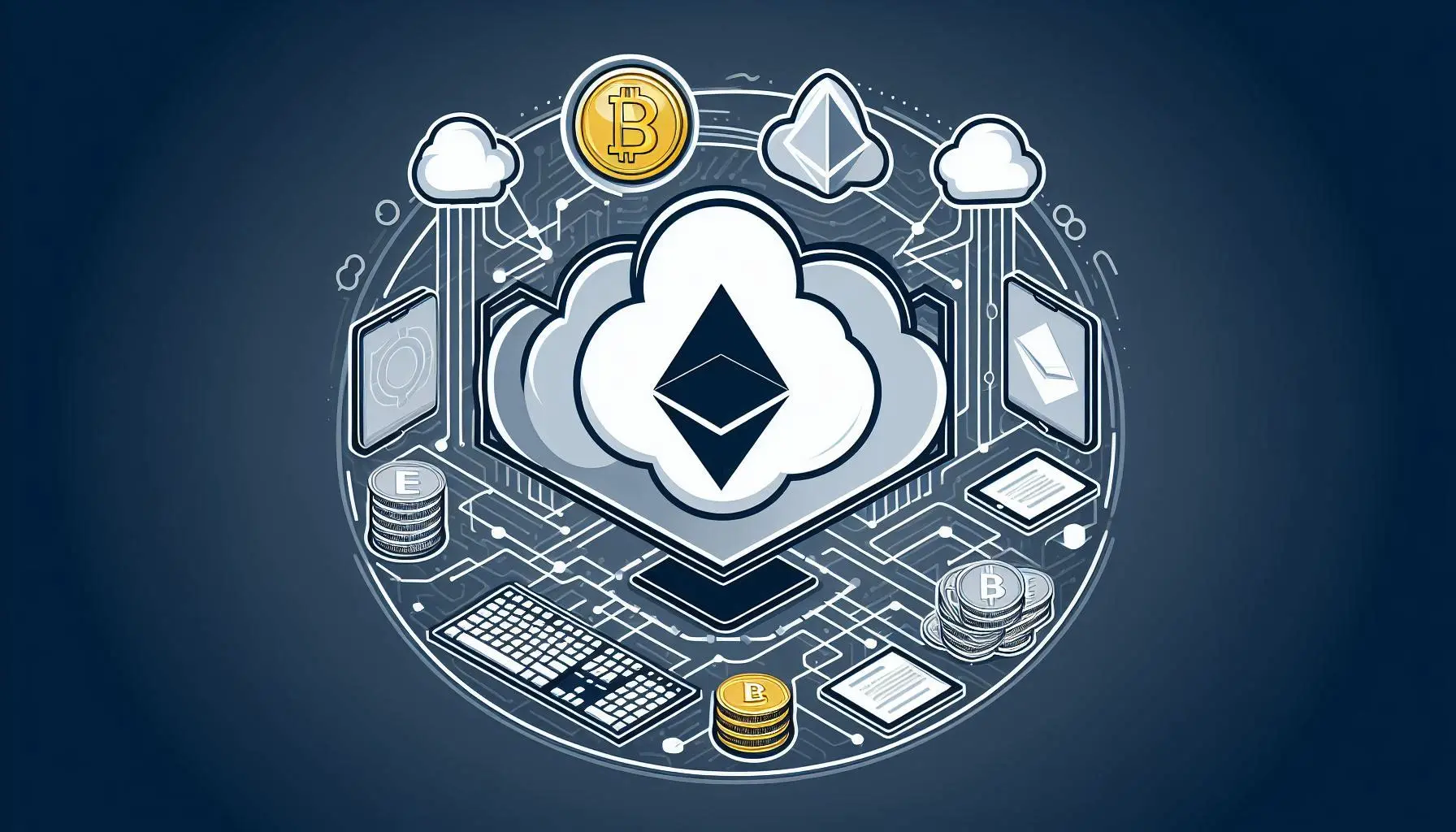Physical Address
W Sunrise St, Bisbee, Arizona 85603

Edge computing and blockchain are two of the most disruptive technologies in the digital world. They both offer new ways of processing, storing, and exchanging data in a decentralized, distributed, and secure manner.
But what happens when you combine them? How can edge computing and blockchain work together to create a more efficient, scalable, and versatile platform for applications such as IoT, smart cities, and fintech?
This article will explain what edge computing crypto is, how it works, and what benefits it can bring to various domains.
Edge computing is a computing model that brings computation, storage, and analytics closer to the users and the devices that generate the data.
Instead of sending data to a central cloud server, which may be far away and introduce latency, edge computing uses local devices or servers at the network edge to process data in real-time or near real-time.
This can result in lower latency, faster response times, better bandwidth utilization, and improved security and privacy.
Some examples of edge devices are smartphones, tablets, laptops, routers, gateways, sensors, cameras, drones, and vehicles.
These devices can perform various tasks such as data collection, filtering, aggregation, analysis, inference, and action.
Edge computing can support a wide range of applications that require low latency, high performance, and real-time feedback, such as augmented reality, virtual reality, gaming, video streaming, autonomous driving, smart home, smart grid, and smart healthcare.
Blockchain is a technology that enables a distributed, decentralized, immutable, and shared ledger of transactions.
Blockchain uses cryptography to ensure the validity, integrity, and security of the data stored on the ledger.
Blockchain also uses consensus algorithms to ensure that all the nodes in the network agree on the state of the ledger and the order of the transactions.
Blockchain can eliminate the need for intermediaries or trusted third parties, such as banks, governments, or corporations, to verify and authorize transactions.
Blockchain can enable peer-to-peer transactions, smart contracts, digital identity, and digital assets.
Some examples of blockchain platforms are Bitcoin, Ethereum, Hyperledger, and Corda.
These platforms can support various applications that require transparency, trust, and immutability, such as cryptocurrency, supply chain, voting, healthcare, and finance.
Edge computing crypto is a term that refers to the integration of edge computing and blockchain technologies.
Edge computing crypto can leverage the advantages of both technologies to create a more secure, scalable, and distributed platform for data processing and exchange.
Edge computing crypto can also enable new applications and use cases that are not possible with either technology alone.
Some of the benefits of edge computing crypto are:
Edge computing crypto can be applied to various domains and scenarios that can benefit from the combination of edge computing and blockchain technologies. Some examples are:
Edge computing crypto is a new and emerging technology that combines the power of edge computing and blockchain.
Edge computing crypto can offer a more secure, scalable, and distributed platform for data processing and exchange.
Edge computing crypto can also enable new applications and use cases that require low latency, high performance, and real-time feedback.
Edge computing crypto can be applied to various domains and scenarios that can benefit from the integration of edge computing and blockchain technologies, such as IoT, smart cities, and fintech.
Edge computing crypto is a promising technology that can transform the digital world and create new opportunities and challenges for businesses and users.